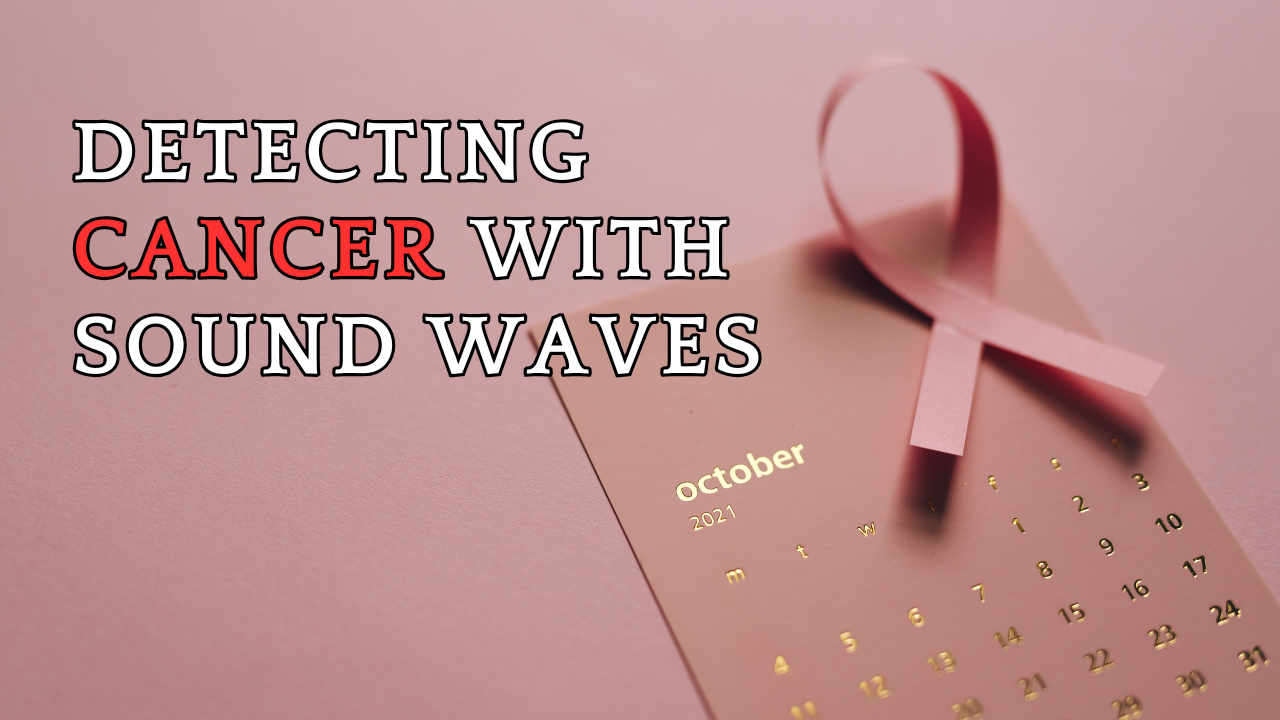Context:
An associate professor at the University of Alberta, led a study on the new ultrasound technique for cancer detection.
More on News:
- Traditionally, biopsies involve extracting tissue from suspected cancerous areas using a needle, a process that can be painful and carries risks.
- Scientists aim to mitigate these issues by employing ultrasound to harvest biomarkers directly from the bloodstream.
- “Ultrasound can enhance the levels of these genetic and vesicle biomarkers in blood samples by over 100 times,” allowing for more efficient cancer detection.
The Science Behind the Technique:
- The new technique utilises high-energy ultrasound to convert a small portion of cancerous tissue into droplets, which are then released into the bloodstream.
- These droplets contain valuable biomarkers—molecules such as RNA, DNA, and proteins—that can be analysed to identify specific types of cancer.
- This method marks a significant advancement over conventional imaging techniques, which primarily provide pictures of internal organs but do not facilitate direct testing for cancer.
- Estimates that this technique could help clinicians avoid nearly 50% of all biopsies.
Promising Results:
- One of the most remarkable aspects of this research is its ability to detect a single cancer cell circulating in the blood.
- Cancer cells can spread to other parts of the body through the bloodstream, making early detection vital for effective treatment.
- Traditional methods for detecting these circulating tumour cells are often expensive and complex.
- For example, the ‘CellSearch’ test costs around $10,000. In contrast, this new method could reduce this cost to approximately $100.
- By passing ultrasound waves through blood samples from prostate cancer patients, the team was able to release biomarkers from the cancer cells into the blood, confirming their presence and indicating a successful detection.
Implications:
- Researchers are exploring the application of this technique for other cancers, particularly breast cancer and melanoma.
- The researchers emphasise the importance of conducting large cohort studies to validate the technique across different cancer types and patient demographics.
Future Prospects:
- The U.S. National Cancer Institute is launching a Cancer Screening Research Network with a pilot study set for 2025 involving 24,000 participants to evaluate various screening tests.
- Expected to conclude in four years, with potential future support for other innovative screening methods, including the ultrasound technique.
- If clinical trials yield favourable results, the ultrasound-based technique could be commercially available within about five years after seeking regulatory approval.
Subscribe to our Youtube Channel for more Valuable Content – TheStudyias
Download the App to Subscribe to our Courses – Thestudyias
The Source’s Authority and Ownership of the Article is Claimed By THE STUDY IAS BY MANIKANT SINGH

Leave a Reply